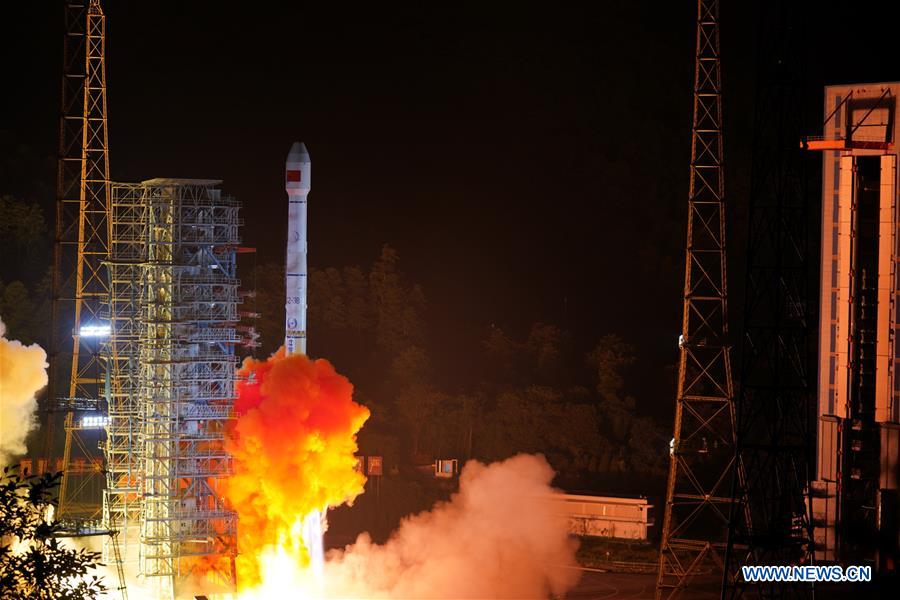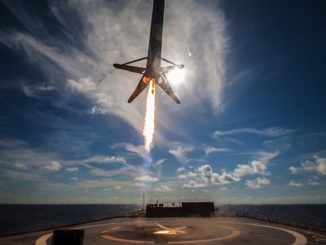
China added two more satellites to the country’s Beidou navigation fleet — an analog to the U.S. military’s GPS network — with a successful Long March 3B rocket launch Sunday.
The Long March 3B launcher lifted off from the Xichang space center in southwestern China’s Sichuan province at 2110 GMT (5:10 p.m. EDT) Sunday, according to the China Academy of Launch Vehicle Technology, or CALT, a state-owned aerospace contractor.
According to CALT, the Long March 3B and its Yuanzheng upper stage delivered two Beidou navigation satellites into the targeted medium Earth orbit.
The 184-foot-tall (56-meter) Long March 3B rocket flew southeast from the Xichang launch base and shed its four liquid-fueled boosters nearly two-and-a-half minutes into the mission. Seconds later, the Long March 3B’s core stage shut down and separated.
The Long March 3B’s hydrazine-fueled second stage fired next, followed by a burn of the rocket’s cryogenic hydrogen-fueled third stage before deployment of the Yuanzheng upper stage with the two Beidou navigation satellites.
Around four hours after liftoff, the Yuanzheng upper stage delivered the Beidou satellites into a nearly circular orbit with an average altitude of approximately 13,500 miles (21,800 kilometers), with an inclination of 55 degrees, according to tracking data published by the U.S. military.
Chinese officials declared the launch a success. It was China’s 19th orbital launch attempt in 2019, including two missions that failed to reach orbit.
The two Beidou navigation satellites launched Sunday were produced by the China Academy of Space Technology, a government-owned satellite builder, according to China’s official Xinhua news agency.
The satellites were the 47th and 48th spacecraft launched in the Beidou navigation program since 2000. That number includes test satellites and older-generation navigation craft, some of which are no longer in service.
The Beidou network includes satellites positioned in three different types of orbits. Most of the Beidou satellites are in Earth orbit more than 13,000 miles above the planet — the orbit targeted on Sunday’s mission — similar to the orbits used by GPS, Glonass and Galileo navigation satellites.
But unlike the other global navigation systems, the fully-operational Beidou network will include eight spacecraft in geosynchronous orbit, with five over the equator and three others in inclined orbits.
With Sunday’s launch, China has added five new satellites to the Beidou network this year. Chinese state media said earlier this year that 10 Beidou satellites were due for launch in 2019.
China aims to complete the Beidou network with global coverage next year.
Two more Long March 3B launches for the Beidou network are planned before the end of the year, each carrying two satellites into medium Earth orbit, CALT said in a statement.
Email the author.
Follow Stephen Clark on Twitter: @StephenClark1.



